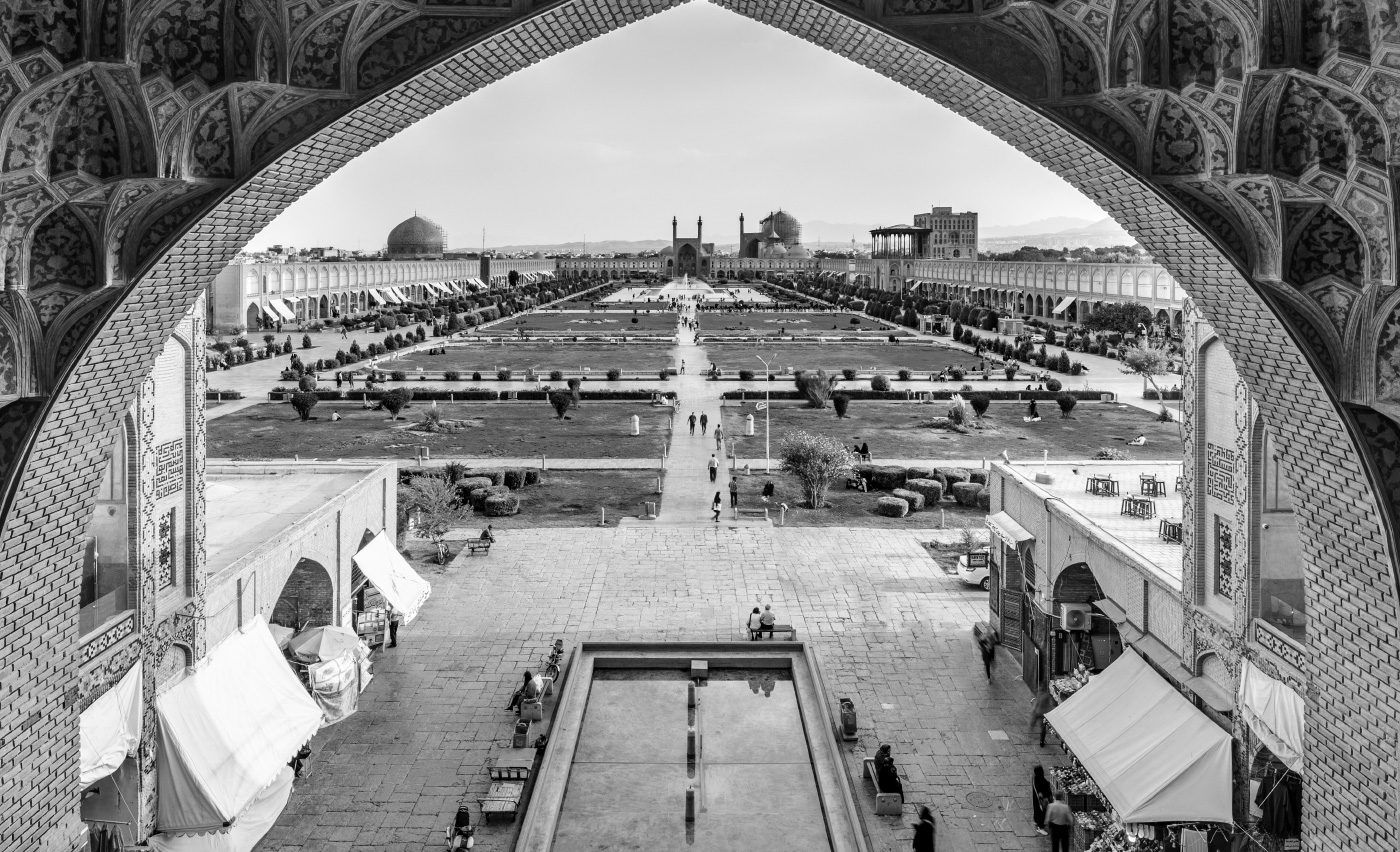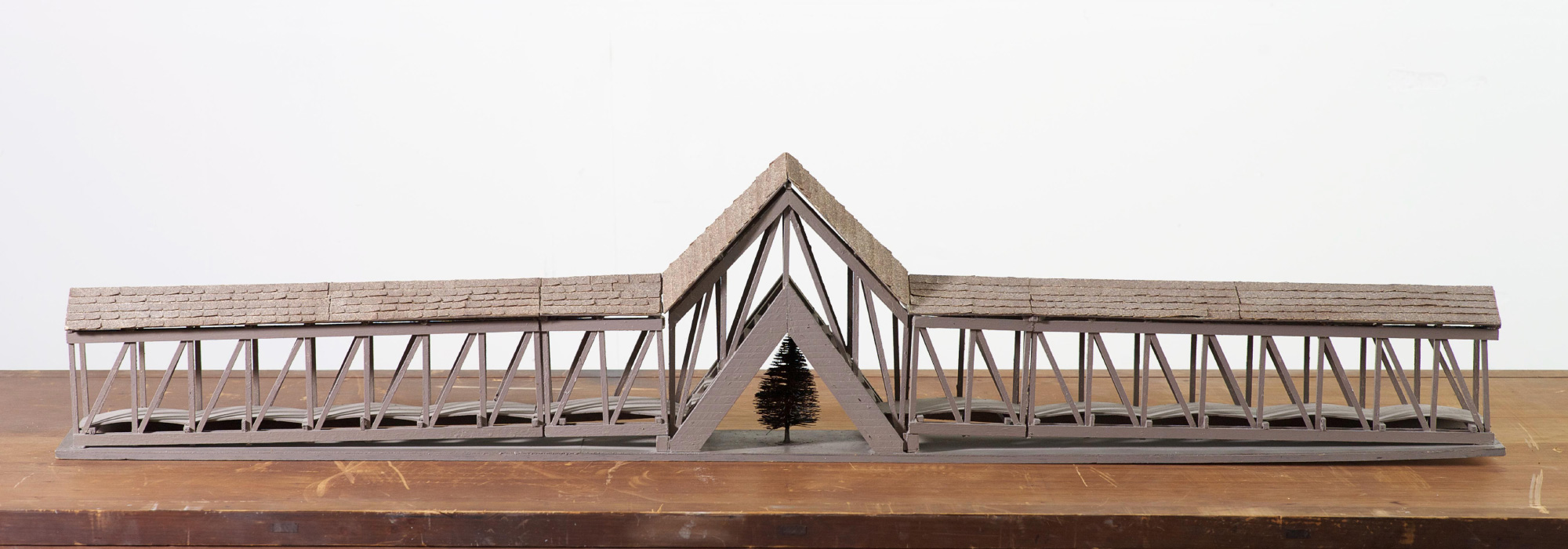I first remembered reading about it in The Economist, arching an impressed eyebrow, and then forgetting about it. After all, this was before the Iranian elections had even taken place, let alone led the country into its current near-revolt. But there, at the heart of it all, was an architect.
Today, Archinect reminded us of Mir Hussein Moussavi’s pre-political profession, including a link to some of his work, which we’ve included here. According to the Times:
After stepping down [as prime minister] in 1989, Mr. Moussavi kept a hand in politics, serving on Iran’s Expediency Council. But most of his time was devoted to architecture and painting. His chief influences include the Italian architect Renzo Piano, said a close relative.
“He takes some elements of modern Japanese architecture, and American postmodern, and then puts them in the context of Iranian architecture,” the relative said.
The Financial Times reports that Moussavi “graduated in architecture from Tehran and Shahid Beheshti universities.” According to Wikipedia, he received his BA from the former school in 1969, though Iran Tracker says that is the year he received his MA. Prior to the election, the Washington Post described him as “a worldly intellectual who is not hungry for power but who thinks that Iran’s bad economy and international isolation require him to try to effect change.”
In its report, the Times says of Moussavi’s political ascent, “Mr. Moussavi began his political career as a hard-liner and a favorite of the revolution’s architect, Ayatollah Ruhollah Khomeini.” The term, as far as we can tell, is used figuratively. Perhaps a mistake, given that the larger story is actually about a real, practicing architect. Or, it could speak to the true power architects hold. After all, Moussavi is not the first (major) politician to serve time at a drawing board first.









